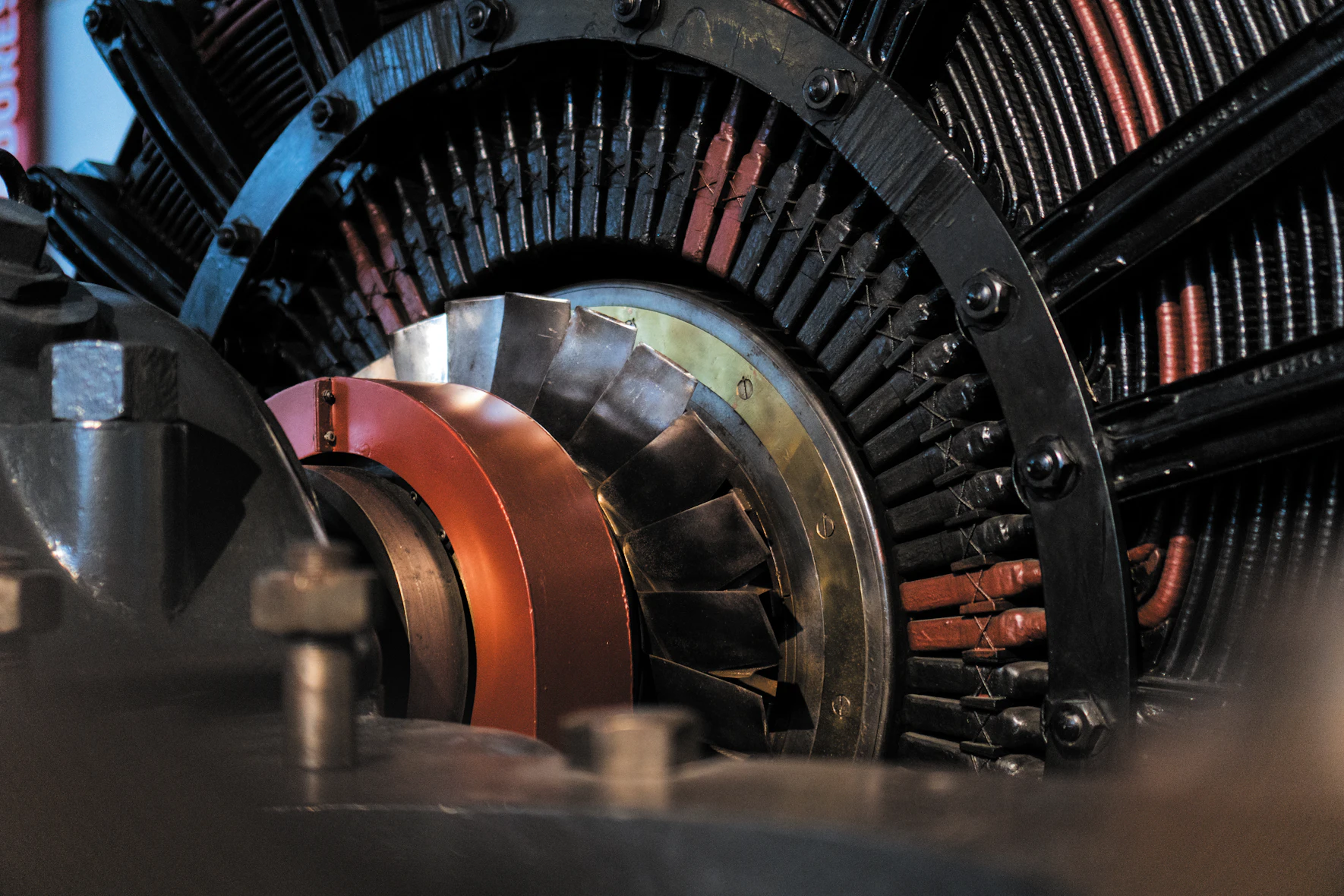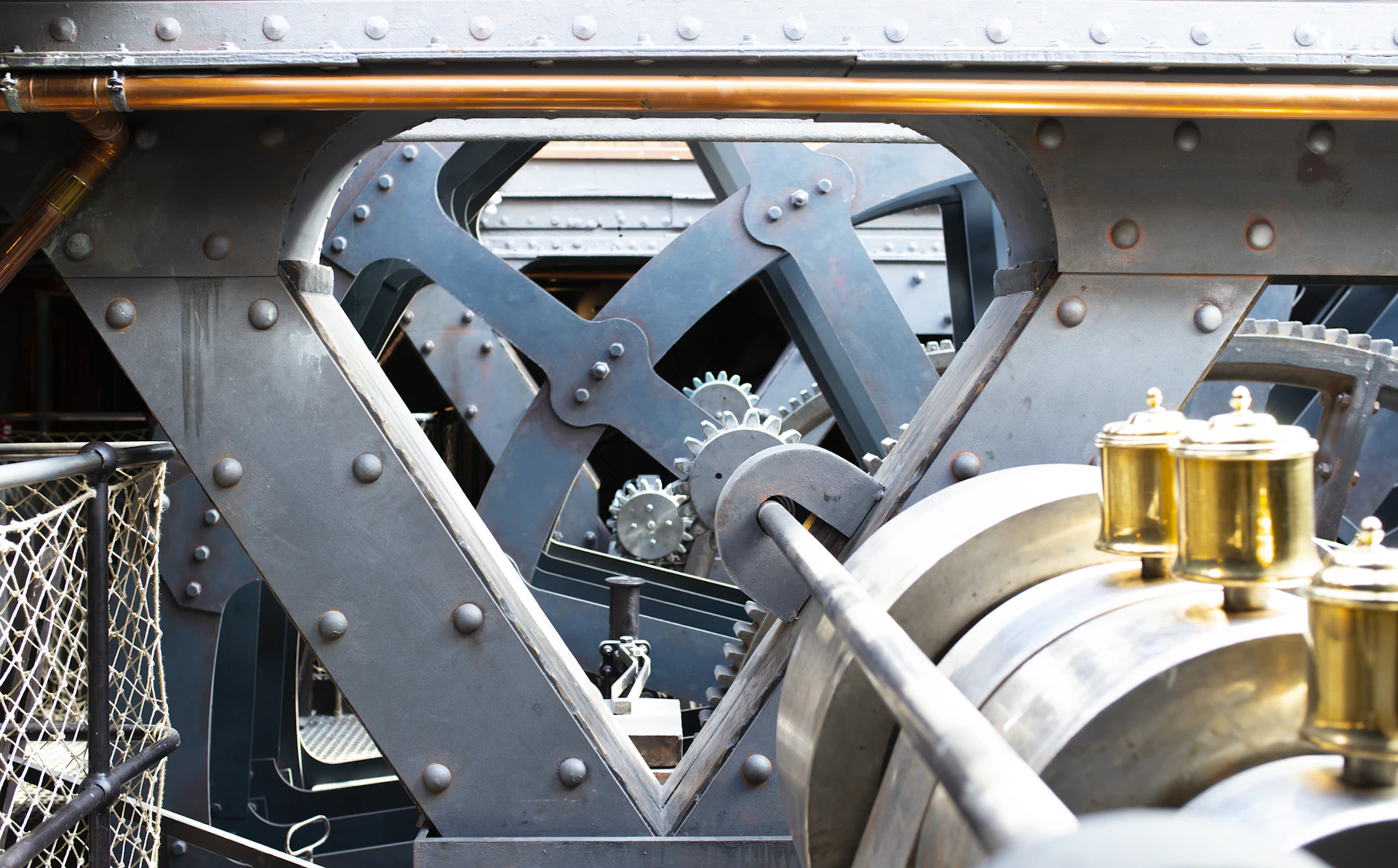The motor is an integral part of modern industry, serving power to several mechanical devices. With the increase in workload and operational speed, motors generate a lot of heat during operation. Any failure in dissipating this excessive amount of heat may result in overheating, which may further lead to malfunction or serious damage. Thus, cooling of motors has become a vital concern for their regular and continuous operation.

The motors heat up when operating and when overheated, get damaged. The moment the workload of a motor goes up and its operating speed goes up accordingly, correspondingly the current inside the motor increases and, due to this, more energy gets converted into heat. If this excessive amount of heat is not discharged efficiently, the temperature of the motor will continue going up with a series of problems following. Following are some of the key reasons why motor cooling becomes necessary:
During operation, motors may be subjected to high temperatures. Too high temperatures can cause damage to the insulation of the motor, which may result in loss of insulation or complete failure of the system. Overheating also causes expansion and imparts thermal stress to the motor’s internal parts. This may cause damage, deformation, or fracture of these critical components. Cooling the motor allows it to work within an ideal temperature range and increases not only its reliability but also its life.
Excessive temperatures can lead to an increase in the internal resistance of the motor, influencing current density, and thus decreasing the efficiency of the motor. Proper cooling can reduce the temperature while improving the efficiency and reducing the energy consumption.
Overheating can accelerate the aging and abrasion of motor parts, increasing the frequency and cost of motor maintenance. In addition, with proper motor cooling, users can effectively reduce the running temperature of the motor and slow down the aging speed of the parts.
Special working environments, such as high temperatures, closed places, and high altitudes, are prone to external environmental influence, which might result in overheating of the motor. Using appropriate cooling measures will enable the motor to operate within all kinds of severe environmental conditions and perform with stability. Common Motor Cooling Methods
Various motor cooling methods have different applicable conditions and advantages. It can enable users to better protect the motor while selecting a suitable type of motor cooling.
Natural Cooling
Natural cooling is the most straightforward and least expensive way of cooling the motor. It works in a manner that utilizes heat generated by the motor to the ambient air and counts on natural convection for the dissipation of heat. It is called simple because no additional equipment or infrastructures are required; hence, it is quite cheap in many applications.
However, with all its simplicity and inexpensiveness, natural cooling also has some drawbacks. Above all, it depends too much on the power and speed of the motor because high-powered and high-speed motors naturally generate more heat, and natural convection may be insufficient to dissipate it completely. Therefore, there is the possibility of undercooling, which may affect motor stability and durability. This makes natural cooling more suitable for smaller and low-power motor applications where the generation of heat is relatively modest. However, natural cooling can be very feasible in many industrial applications, especially for those applications that require low-power motors or where cost is the primary concern.
Water cooling is a cooling method using water circulation to cool down the motor. More precisely, the water cools down the motor by carrying away the heat generated between the case and the internal heat sink by circulating through the water circulation pipe and discharging it. Usually, in water-cooled motors, a cooling tower or a heat exchanger will be adopted for the operation of cooling.
Water-cooled motors exhibit higher cooling efficiency than the other cooling methods, and this provides more stable operation of the motor. As compared to other methods, water cooling has less noise and can be adapted to high-power and high-speed motor applications.
Air cooling covers methods of cooling a motor with natural convection or by the action of forced fan cooling. Air-cooled motors draw in ambient air through vents and fans for cooling. More advanced forms of air-cooled motors make use of electronic controllers, automatically regulating fan speed for maintaining optimal levels of cooling.
The additional cooling medium is not required for the air-cooled motors; besides, it can directly make use of the surrounding air to obtain cooling; in the meantime, there are high reliability and low maintenance cost advantages. It has its disadvantages: having to take into account that the external environment will influence the motor, dust, humidity, and so on, and maybe some problems with noise. Air-cooled motors are generally applied for small to medium power and low to medium speed, such as small machinery.
Oil cooling: The process of cooling the motor by passing a stream of oil. In this type of cooling method, there is a radiator inside the motor casing that connects the inside of the motor casing with the oil flow. From here, the hot oil passes through a tank or a circulator and is taken away by the radiator. Normally, the oil-cooled motors utilize fans and heat sinks during their cooling operations.
Oil-cooled motors have more consistent temperatures because the oil flow effectively absorbs the heat; they also reduce motor noise and can accommodate high-power and high-speed motor applications. Normally, oil-cooled motors are applied to applications of higher power and speed.

Conclusion
Thus, motor cooling technology is mainly involved in making sure that whatever the motor application, general industrial uses function efficiently and reliably. Therefore, deciding on methods of cooling-that is, natural cooling, water cooling, air cooling, or oil cooling- appropriately addresses the process of generating heat during a running operation. Each one offers certain unique advantages and would be better suited to diverse operational conditions and specifications by the motors.
Natural cooling, for instance, is less expensive and easier but cannot bear high-power applications due to very poor heat dissipation. Water cooling, on the other hand, is another solution offering a better cooling performance, suitable for motors with high power and speed; however, it needs either a cooling tower or a heat exchanger. Air cooling, using the ambient air through vents and fans, provides high reliability despite possible environmental impacts such as dust and humidity, with low maintenance costs, which makes it suitable for small to medium-power applications. Oil cooling provides consistent temperatures and reduces motor noise; it serves high-power and high-speed motor applications but requires a circulator and radiator.
These cooling techniques not only save motors from thermal damage but also enhance their efficiency, lengthen maintenance cycles, and make them more adaptive to harsh environments by managing motor temperature effectively. As the industrial demands on motors increase, so does the stride of cooling technologies to support these long-lived machines for their performance and, finally, the greater cause of industrial and societal progress.
The selection of the appropriate brand is equally important as the selection of the appropriate cooling method. Due to the advanced cooling system, the motor developed by ENNENG has strong durability.
ENNENG is a company dealing in research and development for different types of permanent magnet motors. These motors are renowned for their excellent durability and long life.
The motive electrical motors by ENNENG use high-quality material and modern techniques of engineering; hence, they are well suited for the toughest environments in the most adverse operations. In gold mines, coal mines, tire factories, oil wells, water treatment plants-the list of heavy industrial customers is almost endless-ENNENG motors have proved very reliable.
Besides, ENNENG motors are constructed with hard components and reduced numbers of moving parts. These serve to minimize wear and tear, hence giving long service life with reduced maintenance.
Besides, the motor is designed with an effective cooling system, such as air cooling, water cooling, or combined air-water cooling. As a result, these various cooling methods effectively dissipate the heat generated during operating time, preventing overheating and further contributing to enhancing the durability of the motors.
In general, the ENNENG motors have proved their reliability for use on sites due to their rigid construction, quality components, and effective cooling system. The motors are durable enough tooperatee for a long period under many working conditions in most industries.